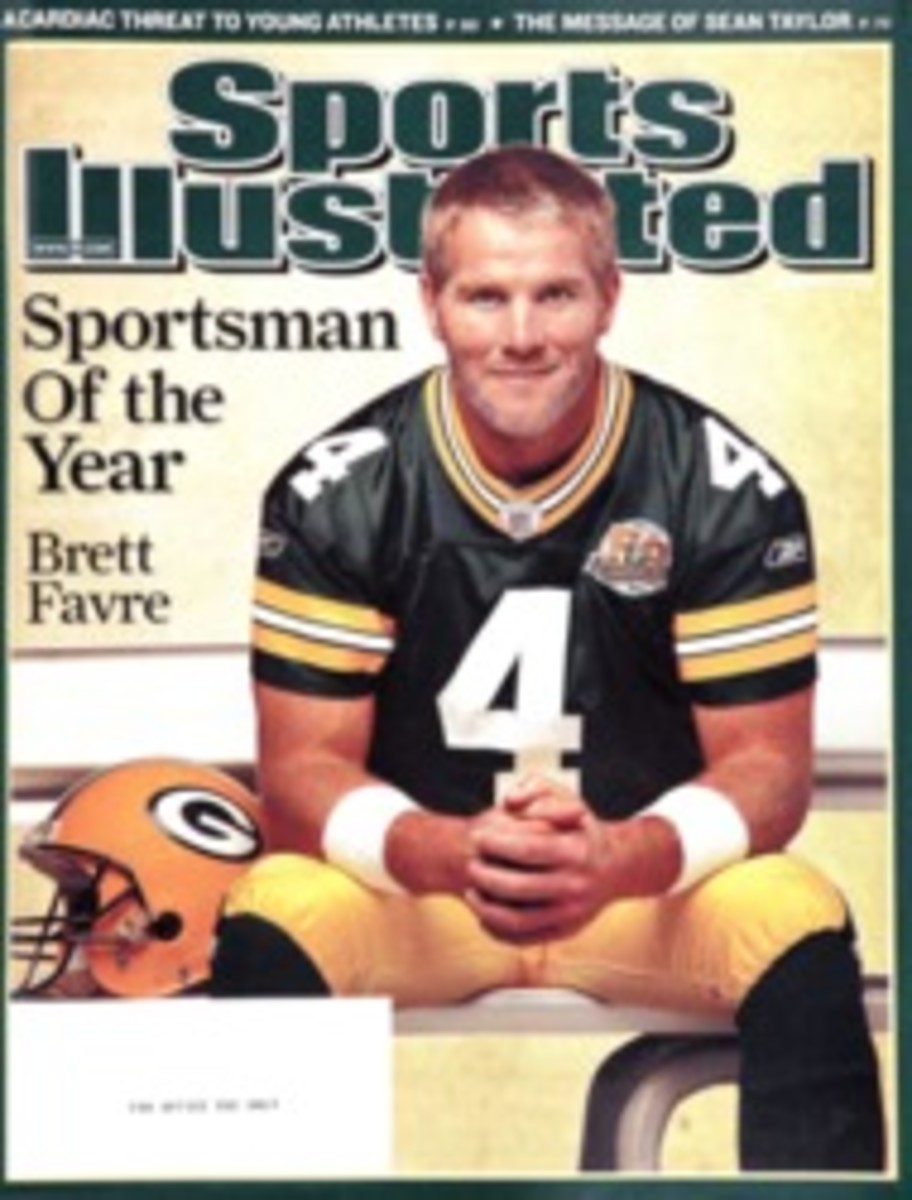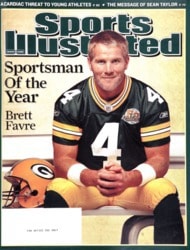
Blazing Through Barriers
I WAS 13 years oldwhen I first saw Bill Willis play defensive guard for the Cleveland Browns.Football was my game. I loved to watch it and I loved to play it, and I wouldread anything I could get my hands on if it dealt with techniques. But nowherein Winning Football by Bernie Bierman or the rest of mylibrary did it describewhat Willis did, how he could beat the center before he got out of his stance,how he would race the ball into the backfield. Willis, the Browns Hall of Famerwho died last week at age 86 of complications from a stroke, was, you see, thefastest interior lineman who ever played the game.
In 1946 Paul Brownhelped break the color line in professional football by hiring Willis andMarion Motley, and you can bet that Brown, who was almost as great a recruiteras he was a coach,wouldn't have gone so far out on a limb if this pairhadn'thave been truly special. Motley is considered by some, myself included, as thegreatest fullback in history. Willis was all-league in seven of his eight yearsin pro football, first the All-America Football Conference from 1946 to '49,then the NFL from '50 to '53.
You marveled athis speed, and the Browns' p.r. department helped the legend along. I remembera photo of Brown down on all fours, looking down the line to check for himselfwhether or not Willis really was offside. The press book had a memo tophotographers that Willis must be shot at 1/600th of a second to capture hisspeed.
I met him a fewyears ago during Hall of Fame Week in Canton. I told him that as a youngster, Itried to copy some of his moves and failed. He laughed.
"Did you everrun track?" he said. This time it was me who was laughing.
"Well, I ranthe sprints at Ohio State," he said. "Hundred outdoors, and the 60indoors. How many linemen were sprinters in college? That gives you astart."
And a Hall of Famecareer.
A Refreshing Legacy
IT STARTED with a simple question: "Doctor, whydon't players wee-wee after a football game?" That query, posed by aFlorida assistant football coach in 1965, inspired Dr. Robert Cade (above), theGators' team physician, to invent a drink—on a $43 budget—that would replenishplayers' carbohydrates and electrolytes. Itwasn't easy. The first batch madehim vomit, and another early batch tasted, in the words of one colleague,"like toilet bowl cleaner." But before long he had a working product:Gatorade. Cade, who died last week at age 80, lived to see his drink rake in$150 million for the school—and change the course of sports history.
• 1966: Twenty-six gallons of Gatorade are stolen enroute to the Florida-Georgia game. Leading 10--3 at the half, the ade-lessGators wilt and lose 27--10.
• 1967: Florida wins its first Orange Bowl, beatingGeorgia Tech. Was the difference Heisman winner Steve Spurrier (right)? No,according to Yellow Jackets coach Bud Carson: "We didn't have Gatorade.That made the difference."
• 1970: Kansas City Chiefs coach Hank Stram—though nota paid spokesperson for the product—attributes his team's victory over theVikings in Super Bowl IV to Gatorade.
• 1984: In the fifth inning of the deciding fifth gameof the NLCS, Cubs second baseman Ryne Sandberg knocks over a cooler ofGatorade, drenching first baseman Leon Durham's glove. (Some versions of thestory have this happening before the game.) Durham and coach Don Zimmerconsider using a hair dryer on the glove, but Zimmer tells Durham that thesoaking might bring good luck. Durham then commits a crucial error in theseventh inning, allowing the Padres to rally from a 3--2 deficit and win.
• 1985: The New York Giants begin one of sports' mostenduring—and by now tiresome—postvictory traditions: dousing their coach, inthis case Bill Parcells (left), with Gatorade.
PHOTO
JAY LAPRETE/AP (WILLIS, TOP)
FAST COMPANY Willis, whose jersey was retired by Ohio State last month (top), was also a Buckeyes track star.
PHOTO
BETTMANN/CORBIS (WILLIS RUNNING)
[See caption above]
PHOTO
PRO FOOTBALL HALL OF FAME/WIREIMAGE.COM (WILLIS SMILING)
[See caption above]
PHOTO
JAMES DRAKE (SPURRIER)
PHOTO
RICH CLARKSON (PARCELLS)
PHOTO
THE GAINESVILLE SUN/AP (CADE)

